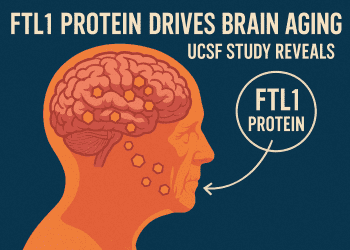Scientists uncovered microbial DNA over 1.1 million years old in mammoth teeth, the oldest host-associated DNA ever found, offering insights into ancient bacteria that may have influenced mammoth health and extinction.
Researchers at the Centre for Palaeogenetics analyzed 483 mammoth specimens, including a 1.1-million-year-old steppe mammoth tooth. Using advanced genomics, they identified microbial DNA from bacteria that coexisted with mammoths, published in Cell on.
Six microbial groups, including Actinobacillus, Pasteurella, Streptococcus, and Erysipelothrix, were consistently found. A Pasteurella-related bacterium, linked to fatal elephant diseases, suggests mammoths may have faced similar infections, impacting their survival.
The team reconstructed partial Erysipelothrix genomes from a 1.1-million-year-old specimen, setting a record for the oldest host-associated microbial DNA. This breakthrough extends the timeline for studying ancient microbiomes.
While DNA degradation limits precise conclusions, the findings hint that pathogens influenced mammoth adaptation and decline across a million years, until their extinction on Wrangel Island 4,000 years ago.
This discovery opens new avenues for studying ancient ecosystems, revealing how microbes shaped megafauna. Further research could clarify the role of pathogens in mammoth extinction and inform modern conservation efforts.








